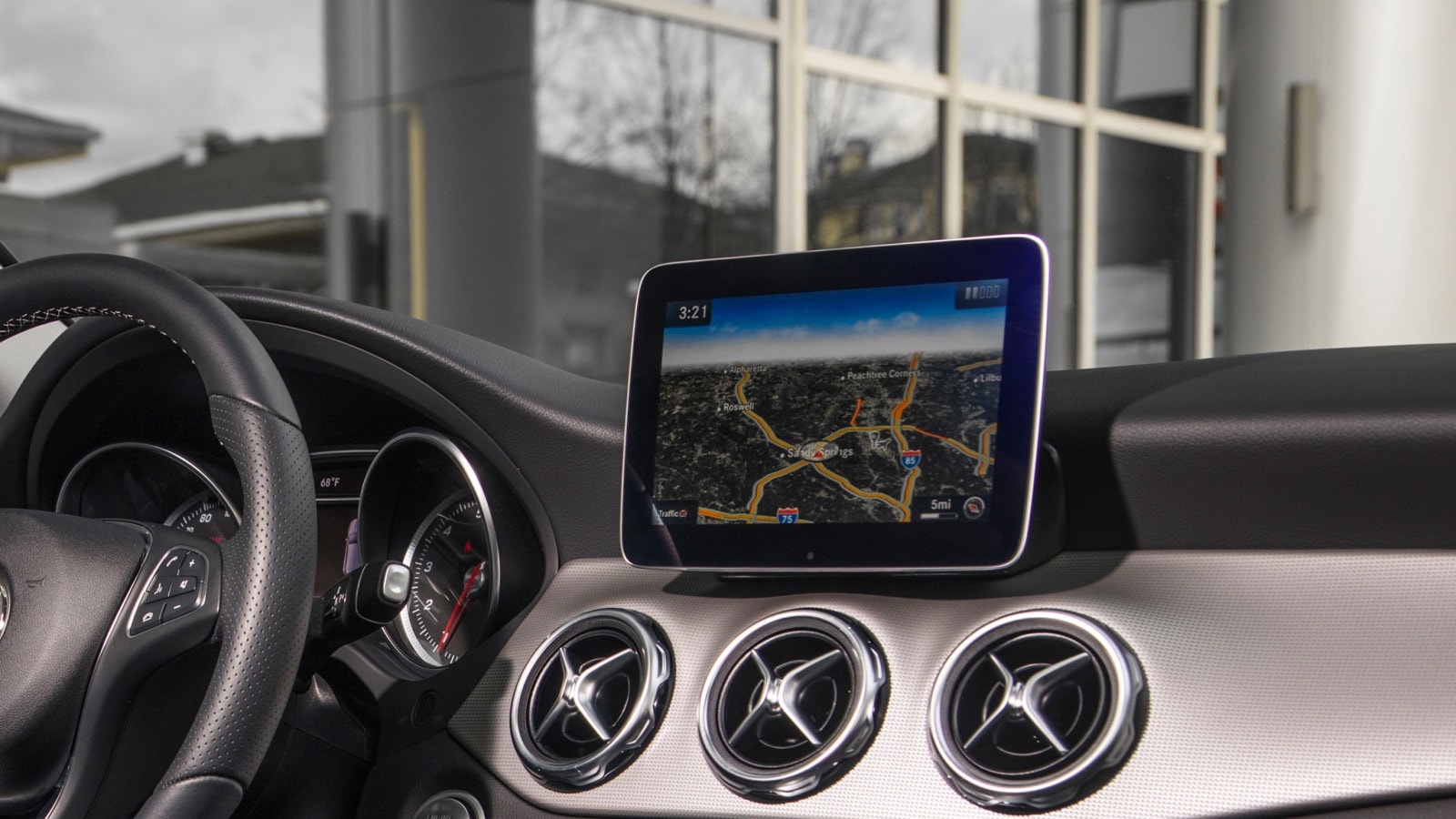
The most crucial aspect of mobile app development is mobile architecture. It can determine whether the mobile app succeeds or fails. This post will teach you about the essential components of application architecture as well as the elements to consider while creating an app.
The mobile architectural plan serves as a guideline. During android application development process, you must adhere to these principles. It provides a user interface, capabilities, and features.
Table of Contents
Mobile App Architecture Design
Three layers constitute the most common depiction of mobile app architecture: presentation, business logic, and data.
1- Presentation Layer
The presentation layer contains all of the procedures and components that allow the program to be delivered to the user. Developers are concerned with what the user sees and feels when using the app when creating the presentation layer. The presentation layer, in other words, is made up of the user interface (UI) and the user experience (UX) (UX).
- User Interface (UI)- Colors, typefaces, location, and overall design are all important design considerations.
- User Experience (UX)- Controls how a consumer interacts with the app by gaining a thorough grasp of what the user wants and feels.
Developers must select the appropriate platform and device type while building the presentation layer so that the presentation adheres to the requirements for each.
2- Business Layer
The logic and rules that govern data interchange, operations, and workflow regulation are dealt with at the business layer. This layer is in charge of:
- Security
- Data caching
- Logging
- Data validation
- Exception management
Depending on the app’s activities and the resources each activity requires, the business layer might be located on the server or on the user’s device.
3- Data Layer
To facilitate data transactions, the data layer comprises all data utilities, service agents, and data access components & layer is divided in two parts:
- Persistence – data access through API from data sources
- Network – network communication, routing, error reporting
Validation and data maintenance must be considered as part of the data layer’s architecture.
What are the Characteristics of a Good Mobile App Architecture?
Many apps are being produced nowadays without any sort of architecture or adherence to industry standards. Due to a lack of architecture, the app becomes:
- Longer and more costly to develop
- Hard to maintain, particularly if staff change
- Harder to build upon or scale
- Difficult to test
- More prone to errors
A strong mobile app design will impose excellent software development principles (KISS, DRY, SOLID) at the right phases of development to assist speed up development, provide a clear path for the data flow that makes work simpler, and enable clarity on how to scale or grow the app in the future.
A good architecture will apply to both native and cross-platform options, resulting in a cohesive development strategy. If we consider mobile app architecture to be a skeleton for how we design mobile apps, we can then define layers (or bones, as the case may be) for how we build out the app’s essential components.
Factors to Consider During Mobile App Development Architecture

Building a better application architecture is critical since it can lead to success. You must keep track of any faults made throughout the creation of a mobile app architecture. This method can help you achieve success. Your app might fail if you avoid the issues and don’t examine the reasons. The following are some topics to think about when you create the architecture:
Determining the Device Type
Another crucial issue is determining the device type. There are several types of cellphones that you must identify and examine. The type of smartphone is determined by the operating system. There are a variety of Android phones, iPhones, and other devices available.
Bandwidth Scenarios
It’s crucial to think about your target audience’s bandwidth possibilities. There may be instances when you have no access to the internet. The internet network of the target audience is an important issue to consider when developing a mobile app. Users will quit your app if it is too sluggish on their internet.
User Interface
A good user interface is crucial for a mobile application. The app’s user interface makes it simple and enjoyable for users to engage with it. The user interface for the program should be straightforward and imaginative. It should not be perplexing or misleading to users.
Stacked Navigation Bar
This navigation bar is designed in the style of a fixed bar. You include connections to all of the other items in your mobile app.
Control Panel for Tabs
The tab controller allows you to transition between groups of tabs with links.
Modal Input/Output Controller
The modal controller has a screen menu. It allows you to move between tabs and links.
Single perspective
In this technique, there is a screen with one element and a back button.
Gesture-Assisted Navigation
It motivates us to experiment with different finger combinations. The user can use this way to interact with the Home button to initiate an action on the screen.
Conclusion
The architecture of a mobile app is the core of any mobile app. The mobile architectural plan serves as a guideline. During the development process, you must adhere to these principles. It provides a user interface, capabilities, and features.
The type of architecture is determined by several criteria, including the type of end-users, mobile platforms, and available resources. When creating an app, it might be challenging to consider all of these factors. Planning app development with Appventurez a mobile app development company is a fantastic idea since we can guide you on the architecture type to use and the most efficient techniques to construct your app.





_3-6.jpg)



